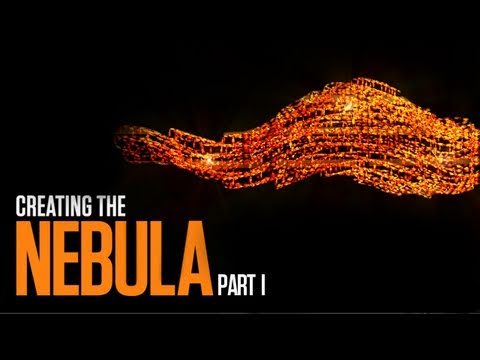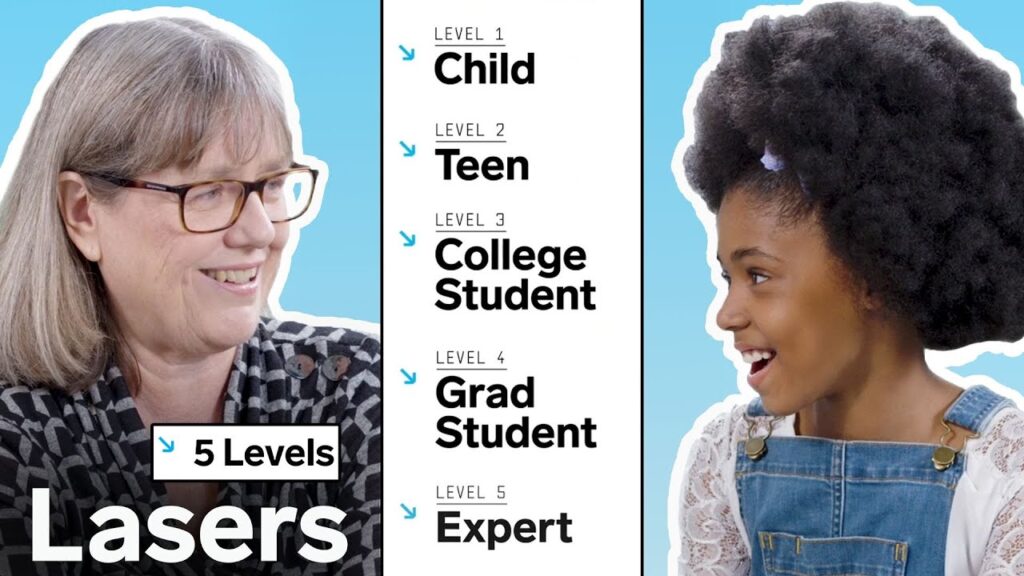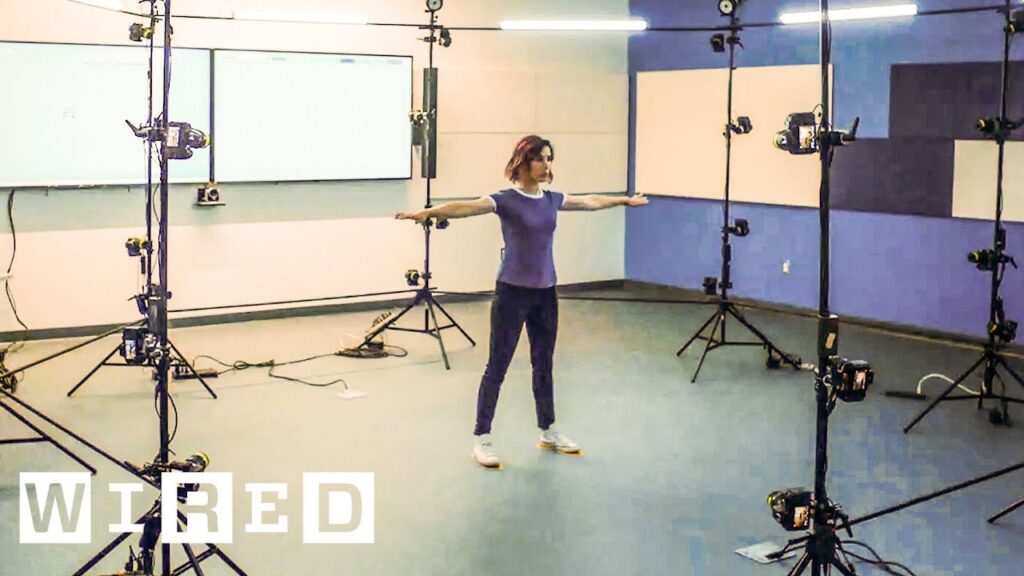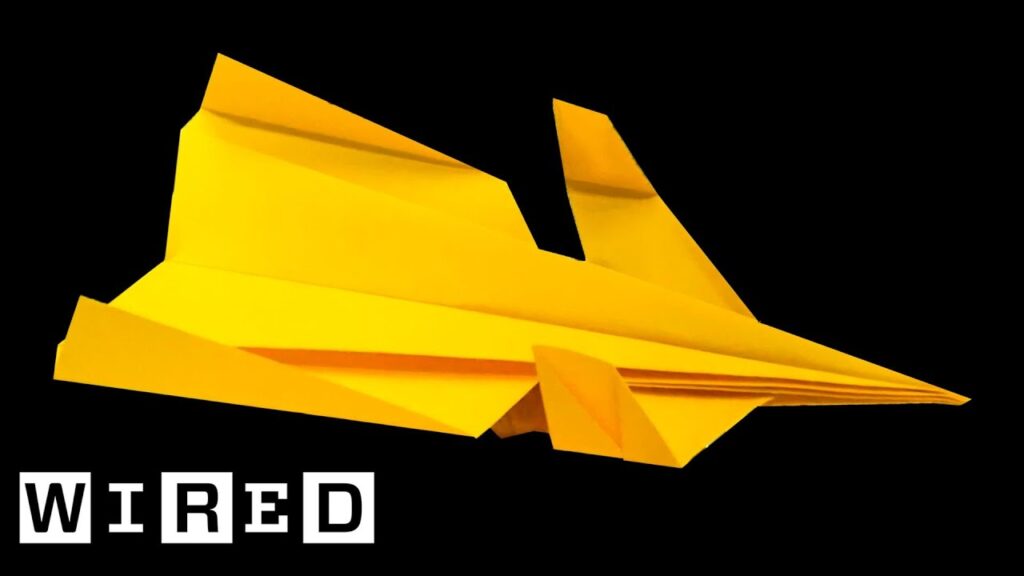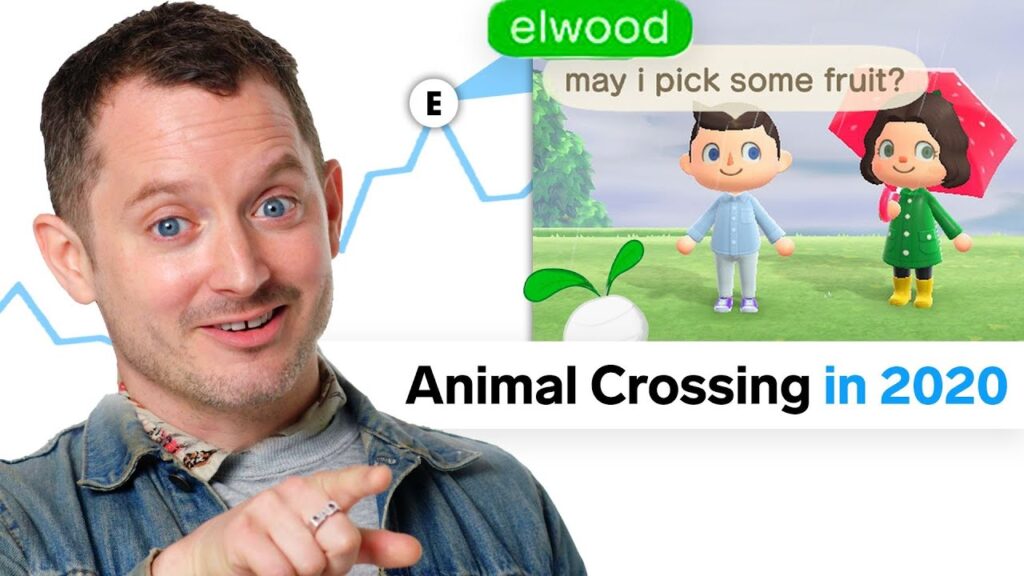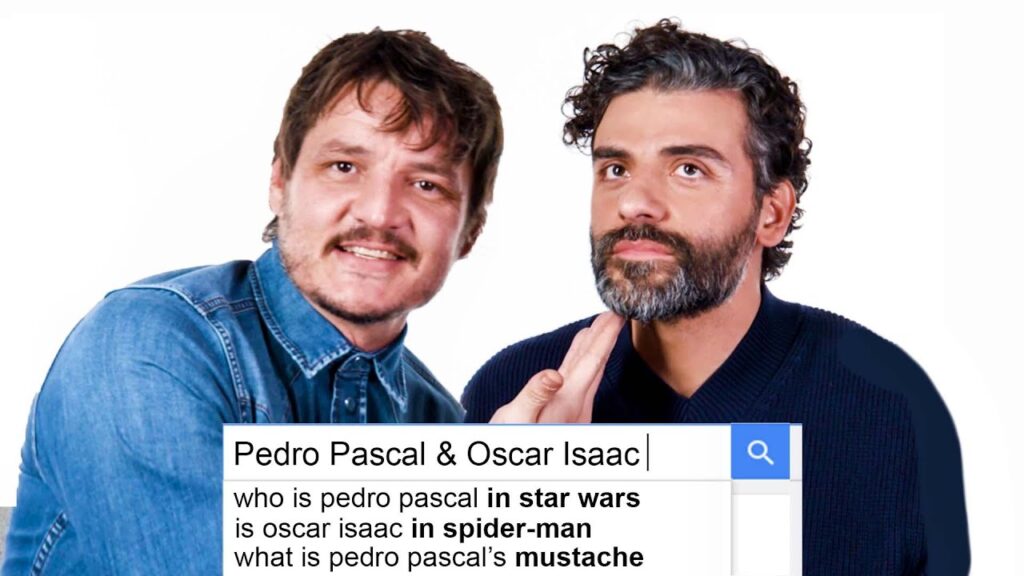Robin Robin: Pushing the Boundaries of Stop Motion Animation
Summary
In this article, we explore the making of the new Netflix film Robin Robin, a stop-motion animated film that showcases the possibilities of this technique. The film was directed by a young duo who championed new textures and visual effects techniques while staying true to the artisanal spirit of Aardman Studio. The film took about two years to produce, with a year spent on writing and storyboarding. The team of 14 animators worked on the film, with each animator producing around eight seconds of footage per week.
The Making of Robin Robin
Robin Robin is a stop-motion animated film that pushes the boundaries of what is possible with this technique. The film was directed by a young duo who championed new textures and visual effects techniques while staying true to the artisanal spirit of Aardman Studio. The film took about two years to produce, with a year spent on writing and storyboarding. The characters were crafted on paper before they were built out of needle felting.
The film was shot using a rigorous pre-production regimen that took nearly a year. The filmmakers made a color script of the entire film to help tell the story. The film required at least five different puppets of each character in at least three different scales, resulting in 75 puppets, including nine robins, 11 magpies, 20 mice, four cats, four squirrels, three frogs, and three hedgehogs.
The team of 14 animators worked on the film, with each animator producing around eight seconds of footage per week. One particular shot, which was Robin’s song at the beginning of the film, took five weeks to complete. The team used the Dragon Frame program to ensure that the different elements of the shot matched up.
The team was inspired by Russian filmmakers who used stop motion to create a sense of depth and atmosphere in their films. The team used a stereoscopic technique to capture depth information, which they later used to embed all of their elements. The process involved acting out each shot before filming and watching back what they had filmed to anticipate the next position of the character. The film was made entirely using stop motion, with every element in the film being filmed.
The Magic and Intensity of Stop Motion Animation
Stop motion animation allows for the creation of realistic scenes without the need for green screens or rotoscoping. The process involves cleaning up details such as character features and integrating various elements such as snow, mist, fire, and water. However, the complexity of creating realistic rain and the need to remove rigs and scaffolding make the process even more intricate.
Despite the challenges, the speaker expresses a love for the magic and intensity that stop motion animation brings to the final product. The technique allows for a unique and tangible quality that cannot be replicated with other animation methods. The filmmakers behind Robin Robin have showcased the possibilities of stop motion animation and have created a stunning film that is sure to captivate audiences.
Conclusion
The making of Robin Robin is a testament to the dedication and artistry required to create a stop-motion animated film. The team behind the film has pushed the boundaries of what is possible with this technique, resulting in a stunning and unique final product. Stop motion animation allows for a tangible quality that cannot be replicated with other animation methods, and the filmmakers behind Robin Robin have showcased this beautifully.
